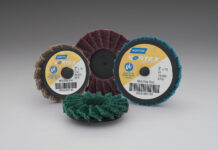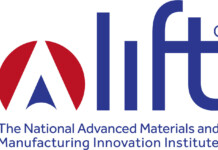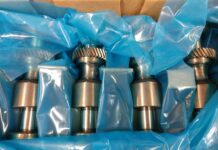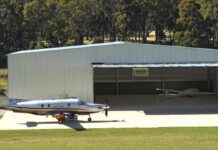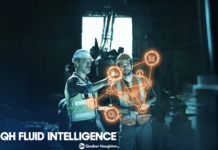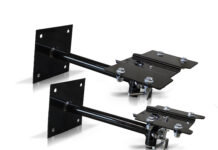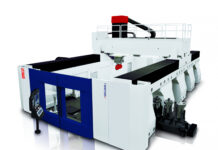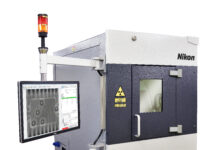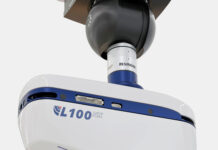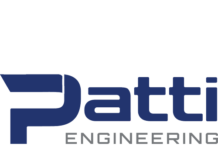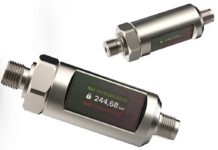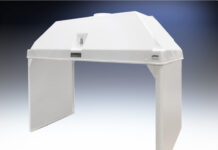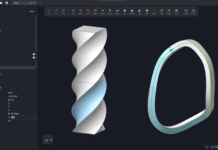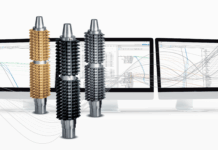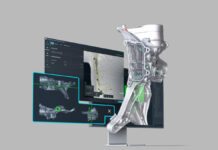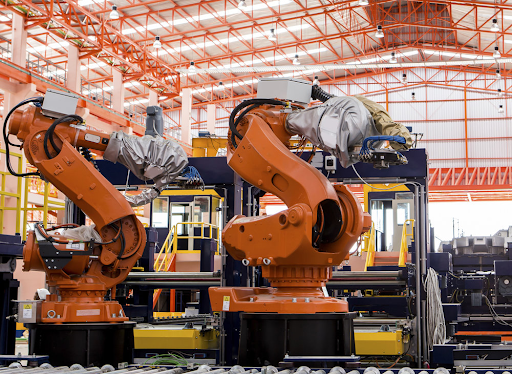In the first months of his presidency, Joe Biden announced the “Made in America” executive order, aimed at strengthening the U.S. economy through nearly $300 billion in investments towards advanced technology and R&D. This was paired with an initiative to create over 5 million jobs in manufacturing.
Though these two things can seem at odds with one another, it has been found that automation in manufacturing feeds economic growth in the US, and creates more jobs through the development of new roles, something predicted by the Word Economic Forum a few years ago.
Cutting Costs with Automation
The advances in technology and machinery also allow for businesses to upgrade more economically and quicker than in previous years. Machines are cheaper, faster, and easier to install, which decreases downtime and increases productivity. Allowing more businesses access to streamlining their production through automation clears the way for new products and solutions to enter the market, another important part of economic growth.
Additionally, turning to automation and industrial robots instead of cheaper overseas labor allows more companies to be competitive without having to outsource. This in itself could lead to higher robotic automation over the next decade and could pave the way for a U.S. manufacturing resurgence.
 Increased Productivity through Automation
Increased Productivity through Automation
One obvious byproduct of automation is increased productivity. A McKinsey study predicts an increase in productivity and growth through automation, worldwide, from 0.8 to 1.4 % annually. This production growth positively impacts multiple aspects, from higher outputs, yielding higher margins, to higher wages for employees, and lower costs for customers. This combined outcome only positively affects the economy and workforce.
As this barrier of cost for automation drops, and it becomes more accessible, the market should see more businesses turning to industrial automation on various scales. When this happens, the market will be able to see not only more innovative products produced on a larger and quicker scale, but the quality increasing with production speed.
More Manufacturing Jobs
Manufacturing, although not as much of a job supplier as it used to be, is still one of the leaders in employing workers, especially in middle America. And experts expect this to continue, and even increase, as the industry bounces back from the pandemic.
Manufacturing makes up the largest employer group in the U.S. and is one of the highest employers of adults with GEDs or high school degrees that may not have a bachelor’s degree, which is currently half of the country. It’s important to not only provide jobs for those that may not have a college education but encourage those that may not be into productive and thriving positions, in such fields as manufacturing.
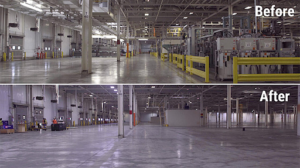 Automation Solutions
Automation Solutions
NRTC can help with automating and streamlining your business. We offer turnkey solutions for manufacturing businesses and provide production support ranging from basic to advanced. We can help design, build, engineer, and install a customized industrial work cell for your business, as well as help you troubleshoot any issues you might be having with your current line up, and find a solution that can work for you. We’re ready to help you improve your efficiency and productivity, and move you into the next decade up to par with the quick evolution of the industrial manufacturing industry.
How Will Manufacturing Facilities Change in the Next 10 Years, and How will Manufacturing Evolve?
Predictive Maintenance Will Take the Forefront
Predictive maintenance uses computer AI and sensors installed throughout production lines to proactively alert operators of potential maintenance issues or failures. If manufacturers can stay on top of potential issues, there will likely be less downtime and issues with production.
As technology advances, manufacturers are not just purchasing newer industrial machines and robots with these sensors but installing them on older equipment. Manufacturers that have done this are able to analyze data and then interpret a machine’s condition, fix machines before they break or fail, and find irregularities that may lead to downtime.
Real-Time Manufacturing
Over the past few years with the effect that COVID-19 had on production facilities, many industries are moving to a thinner and scaled-back inventory. Automation and AI are helping manufacturers keep only what is necessary on the shelves and using their current technologies, machines, and industrial robots to keep supplies moving through the production line as soon as they enter the building.
Efficiency will ramp up and create more space in a warehouse, allowing companies to expand and increase production.
Infection Control through Automation
Coronavirus changed the way many businesses functioned and influenced the way employers looked at health issues within their facilities. Masks, hand sanitizers, and additional health protocols were put in place across the world in order to curb the spreading virus, and many of those are still in place today. And one of the biggest moves that companies made included adding robots to their assembly lines and production facilities.
Industrial robots and machines don’t get sick, and therefore don’t take sick days or need recovery time. Many manufacturers have implemented automation and replaced human workers with robots as a preventative measure, should a worldwide pandemic strike again. Production can be maintained with industrial automation, and human interaction can stay contained and limited.
As technologies grow, robots and automation replacements are becoming increasingly widespread. Today, there are even fully-automated factories and job sites known as “dark factories” that require no direct human interaction on-site.
Working with Robots
Manufacturers aren’t just looking to replace their employees with robots, but they are also searching for ways to integrate robots with their employees. These “cobots” work is side-by-side with humans in warehouses and production lines in collaborative environments.
Not only can cobots assist with efficiency, but they also aid in maintaining safety protocols, performing tasks like heavy lifting, or working with extreme heat sources without risk of injury. Intelligent robots can work in tandem with employees on the floor, speeding up production and increasing efficiency.
Sustainability Focus
Manufacturers are moving toward greener and more sustainable production methods, thanks not only to public pressure and scrutiny but also to government efforts like the Clean Water and Clean Air Acts. Refurbishment of existing robots and machinery keeps costs, as well as environmental impacts, low.
Buying used machinery reduces carbon dioxide emissions, and other types of pollution, and can be updated to fit seamlessly into production lines. When an industrial machine can no longer be used, companies are learning how to properly dispose of machines without just tossing them out with the trash.
Our partner HGR works to recycle up to 95% of most industrial machines that cannot be resold or repurposed, helping to keep pollutants out of landfills and the environment.
NRTC Automation Keep You Updated
NRTC Automation ensures our customers are at the forefront of changes in the industry and keeping with up-to-date technology.
Whether we are helping to update and automate your facility, or designing a custom part for your newly refurbished industrial robot, NRTC can assist businesses in moving forward. To learn more about how our services could positively impact your production, visit www.nrtcautomation.com/automation
Decommission with NRTC Automation
Get a broom-ready facility on your timeline when you decommission with us. We are your green service partner.
NRTC will buy your surplus and recycle the rest while clearing out your warehouse. We’ve partnered with top auto manufacturers like Toyota and Mercedes-Benz to provide stellar tear-out services.
By NRTC Automation

